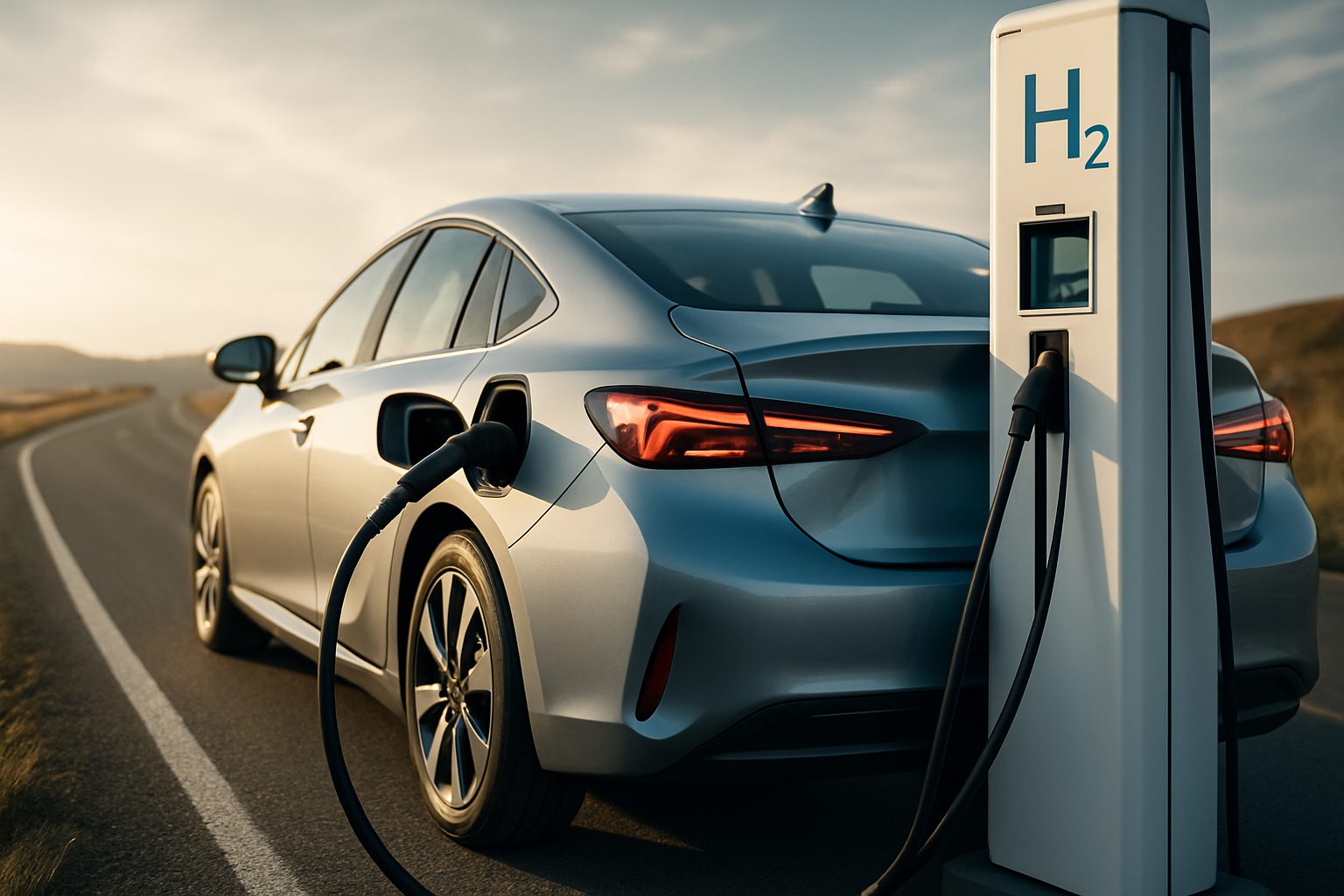"Riding the Wave of Hydrogen Fuel Cell Vehicles: A Deep Dive into the Future of Automotive Propulsion"
Introduction: Imagine a world where vehicles emit nothing but water vapor, where the only byproduct of your morning commute is a harmless cloud of steam. This is not a distant dream, but a reality that's being shaped by the rise of hydrogen fuel cell vehicles (HFCVs). This article will take you on a journey through the past, present, and future of this groundbreaking technology.

The Genesis of Hydrogen Fuel Cell Vehicles
The concept of hydrogen as a fuel source is not new. In fact, it dates back to the 19th century when British scientist Sir William Robert Grove invented the first fuel cell. However, it wasn’t until the 1960s that General Motors developed the first hydrogen fuel cell vehicle, the Electrovan. Despite its groundbreaking technology, the Electrovan was a prototype that never made it to mass production due to its high costs and the lack of a hydrogen infrastructure.
The Modern Era of Hydrogen Fuel Cell Vehicles
Fast forward to the 21st century, and we see a resurgence of interest in hydrogen fuel cell technology. Companies like Toyota, Honda, and Hyundai have launched their own HFCVs, such as the Mirai, Clarity, and Nexo, respectively. These vehicles use a fuel cell to combine hydrogen and oxygen, producing electricity to power the vehicle, with water vapor as the only emission.
The Advantages and Challenges of Hydrogen Fuel Cell Vehicles
HFCVs offer several advantages over traditional internal combustion engines. They have zero harmful emissions, a longer range than most electric vehicles, and can be refueled in minutes. However, they also face significant challenges. The production of hydrogen is energy-intensive and often relies on fossil fuels. Additionally, the lack of a widespread hydrogen refueling infrastructure presents a major hurdle to mass adoption.
The Future of Hydrogen Fuel Cell Vehicles
Despite these challenges, the future of HFCVs looks promising. Advances in technology are making the production of hydrogen more sustainable, and governments worldwide are investing in hydrogen infrastructure. Furthermore, the potential of HFCVs extends beyond passenger cars to commercial vehicles, public transportation, and even maritime applications.
The Road Ahead for Hydrogen Fuel Cell Vehicles
The journey of hydrogen fuel cell vehicles is just beginning. As we strive for a sustainable future, HFCVs offer a promising solution to the environmental challenges posed by traditional vehicles. While hurdles remain, the potential of this technology is vast, and its impact on the automotive industry could be transformative.
In the world of automotive propulsion, the wave of hydrogen fuel cell vehicles is rising. It’s a wave that promises a cleaner, greener future, and it’s a ride we should all be excited to join.





